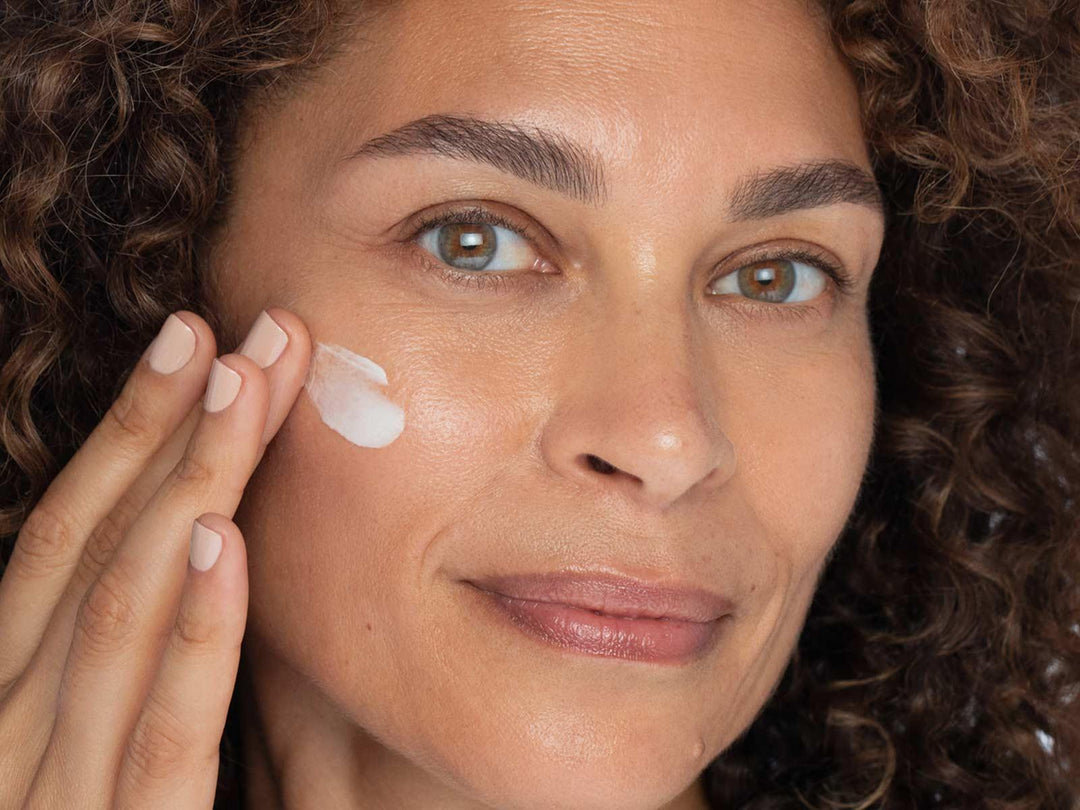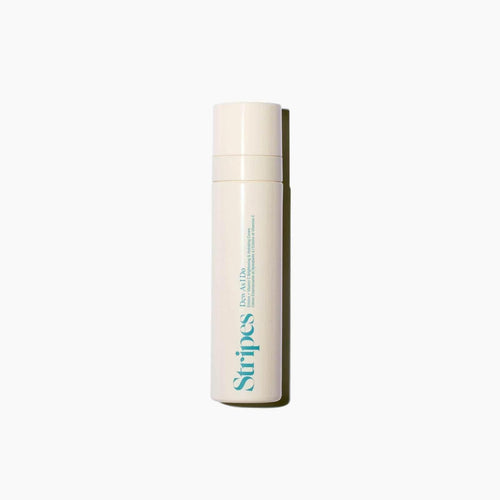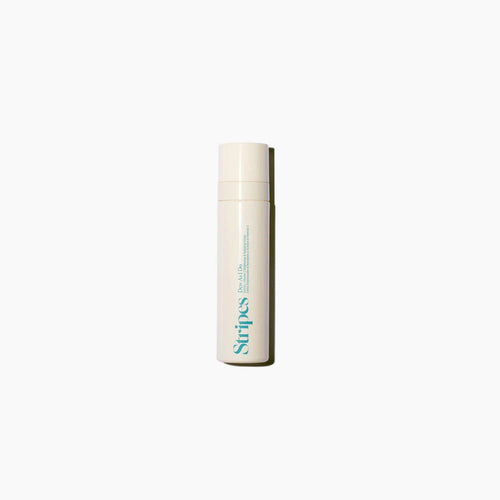Ever sit down for a nice meal and bam — you’re sweating like you just finished a spin class, even though you haven’t moved off the couch? Welcome to the bizarre phenomenon of hot flashes after eating. If you’re midlife, going through perimenopause or menopause, or just noticing your body doing weird thermoregulation things, this one’s for you.
What’s going on scientifically?
Here’s the short version: your body’s thermostat is a bit wonky right now. According to Dr. Somi Javaid, a board-certified OB/GYN, menopause expert, and Stripes Advisory Board member, “in perimenopause and menopause, estrogen fluctuations recalibrate the brain’s thermostat.” Add on top of that the built-in “heat” from what you eat (and drink), and you’ve got a perfect flush-friendly cocktail.
Specifically, here’s what’s happening under the hood: every meal raises your body’s temperature a little thanks to the thermic effect of food — basically, the energy it takes to digest what you eat. If your meal is heavy on fast carbs, your insulin spikes and drops quickly, which can trigger a flush. Alcohol (especially red wine) widens blood vessels (that’s called vasodilation), making your skin feel suddenly hot. Then there are spicy dishes, which literally activate heat receptors, and hot drinks, which raise your core temperature from the inside out. Some people are also sensitive to histamine-rich foods (like aged cheese and red wine) or niacin, both of which can cause flushing even if hormones aren’t part of the story. Combine all of that with the thermostat recalibration that happens when estrogen fluctuates during perimenopause or menopause, and you’ve got a recipe for feeling like your dinner came with a personal heat wave.
So when Dr. Somi says: “None of this means you did anything wrong; it means your nervous system is more responsive while hormones are changing”, she’s giving you permission to stop blaming yourself and start diagnosing the trigger.
Common meal-time culprits of post-meal hot flashes
Switch into detective mode with these usual suspects:
-
Alcohol, especially red wine
-
Spicy foods
-
Very hot drinks (hello, latte lovers)
-
Large meals heavy in refined carbs without enough protein/fiber
-
Processed meats or fried foods (inflammatory foods = more likely to flush)
-
Eating late at night or very large portions
What you can do about hot flashes after eating
Here’s your flush-fighting toolkit:
-
Have smaller meals and aim for earlier dinners.
-
Include protein and fiber when you eat carbs — this helps steady glucose and reduce insulin spikes.
-
Choose cool or room-temperature drinks rather than hot or steaming.
-
Stay well-hydrated.
-
Identify and limit the specific foods that repeatedly trigger you.
And, as Dr. Somi points out: food tweaks are an assist, not the full solution. If your hot flashes are frequent or disruptive, you may need to treat the vasomotor symptoms directly — e.g., menopausal hormone therapy (if eligible) or non-hormonal options.
When to call in the professionals
If you’ve dialed in your diet and lifestyle and you’re still dealing with frequent flushing after eating (or any other time), it’s time to talk to your provider. If the hot flashes interfere with life (sleep, mood, work), you have other menopausal symptoms (night sweats, mood shifts, reduced bone density), or your triggers can’t be managed by diet alone, call in reinforcements.
Hot flashes after eating can feel random, embarrassing, or just plain exhausting. But now you know: it’s not about being dramatic — it’s about your body adjusting, hormones recalibrating, and yes, your menu playing a starring role. By using Dr. Somi’s insights and practical eating tweaks, you’re not just reacting anymore — you’re proactively wrangling the heat.










